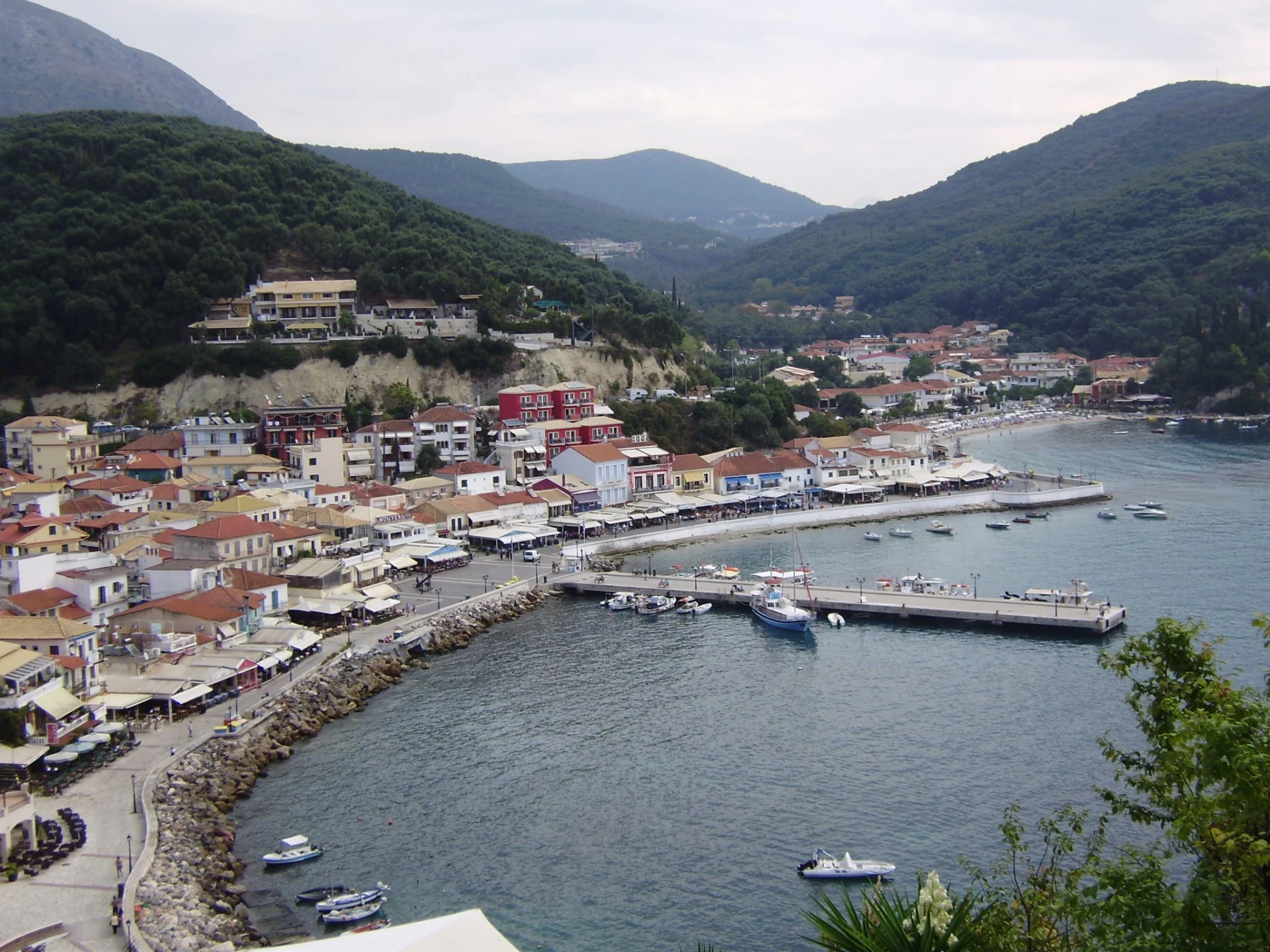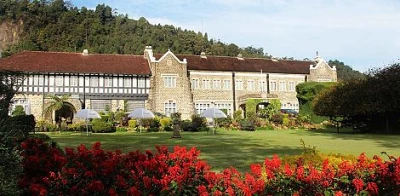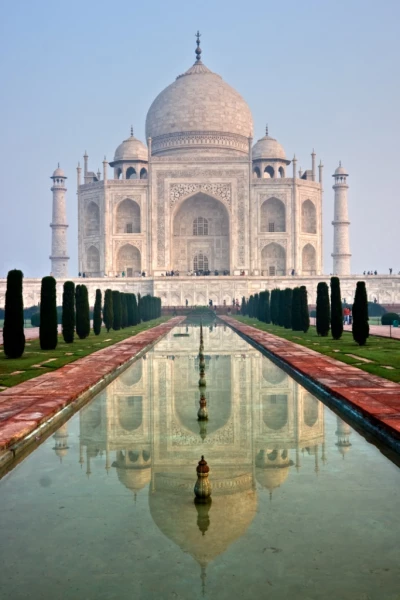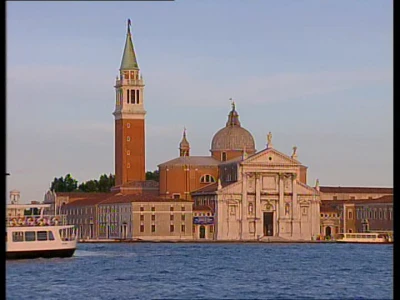
Parga perfection. Magnificent Meteora
Parga perfection. Magnificent Meteora
A much earlier start than is usual, when you are on holiday! As we headed uphill from our apartment in Parga, around 7 a m, it was not cold and you could tell it was going to turn into another hot, sunny Greek day.
We checked (and then checked again, as you do) that we were in the right place to join our day trip to Meteora. We were, of course, the coach was right on time and, shortly before 7:30, we were on our way.
The number of Greek Islands I've visited falls just short of double figures and I have fallen in love with all of them in differing ways. But delightful as they are, you can't reach a World Heritage site from many. And, so far as I am aware, none that have been featured in a James Bond movie ("For Your Eyes Only"). Parga, being on the mainland, just to the south-east of Corfu, permits easy access to many places worthy of anyone's time. Meteora's ancient monasteries are, by a considerable distance, the most famous and most spectacular.
A short stop at the Greek equivalent of a motorway service station for coffee and pastries and we were soon meandering across the countryside. Our guide was excellent and, on arrival, it was immediately apparent that this was one of those remarkable places that was not going to simply live up to our expectations, but surpass them.
The monasteries vary in size, with some as small as a cottage, with others as large as a big house with a garden. But all have one thing in common. They are perched atop sky-scraping pillars of sandstone rock, that have been eroded by wind and rain, over thousands of centuries. The word "meteora" is variously translated as "suspended in the sky" or "in the heavens above" and it is easy to see why. They were originally built to allow the monks to find seclusion and silence, perhaps with the thought that they were - literally - nearer to heaven.
Nowadays there are steps cut into the side of the rocks; it's a steep, but worthwhile, climb up the best part of 1,200 ft to the one open to visitors. But, until the early 20th century, some where only accessible by long wooden ladders, held together with ropes, and - without any question - a great deal of faith! Essential goods were hauled up in nets.
Lunch, at a nearby small town, was a very Greek affair. Served in a lovely old restaurant, dating from the 1920s, we were not offered a menu. The buffet - for want of a better word - involved everyone filing into the kitchen with a plate, where the family told us what was in each of the large dishes and served us massive portions of whatever we chose. It was both delicious and charming. We were back in Parga in time for dinner and it was an exciting and interesting excursion, about as good as it gets.
Unless you are looking for bright lights and clubs, Parga itself is as pleasant a resort as you could want. Anyone who has ever been to Whitby, on the North Yorkshire coast, will be struck by the similarities. At Parga, instead of a ruined abbey, there is a ruined castle overlooking the town and both have pretty harbours and twisting, narrow streets full of shops, bars and restaurants that lead up to the top of the towns. And glorious beaches!
Not exactly "hidden" Greece, but certainly not a mass market resort, Parga has a limited number of visitors, with no massive hotels and nowhere to build one either, so its charm looks to set to last. It is lively enough, in the evenings in high season, but always has a relaxed, friendly feel and - we were assured - you could visit a different restaurant or taverna for breakfast, lunch and dinner every day for a fortnight without eating sat the same one twice.
We can't wait to get back!
We'll call you back
Leave us your contact details and we will be in touch.






